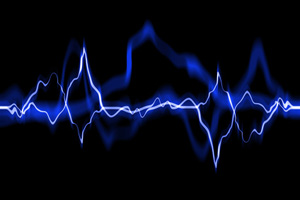Understanding Sound and Acoustics

I am constantly saying that knowledge trumps gear when it comes to producing good sounding audio. Its actually pretty common for someone to record really bad audio using really expensive gear. That boils down to good old-fashioned not having the right knowledge.
I am also always saying that you don’t need a lot of knowledge, or that the knowledge isn’t too hard for anyone to understand. I still stand by that. But that does not mean that more and deeper knowledge isn’t better. Quite the opposite.
In the audio recording world, it can be super helpful to have a deeper understanding of acoustics and human hearing. If you know what sound is, what audio is, then you can better control how it sounds in your final product.
For example, knowing that sound consists of waves, similar to waves you see rippling in a pond, you can start to think of audio bouncing off of the walls in your room and then coming back in the opposite direction to not only combine in predictable and often unwanted ways with other waves, but to then bounce off the OTHER walls, etc. That is basically the reason why our rectangular bedrooms are so often very poor acoustic spaces.
For those who really want to dig into the fine details of audio, getting to understand the properties of sound and acoustics is an excellent thing.
This article by Neil Thompson Shade is an excellent primer on sound and acoustics. Not only does it cover some of the basics, but it also covers the myths and what Shade calls “outright errors” that pervade the audio industry.
